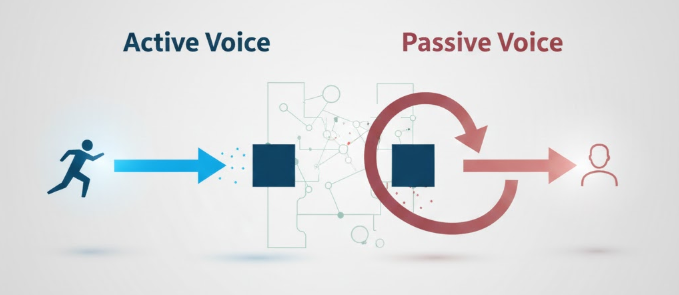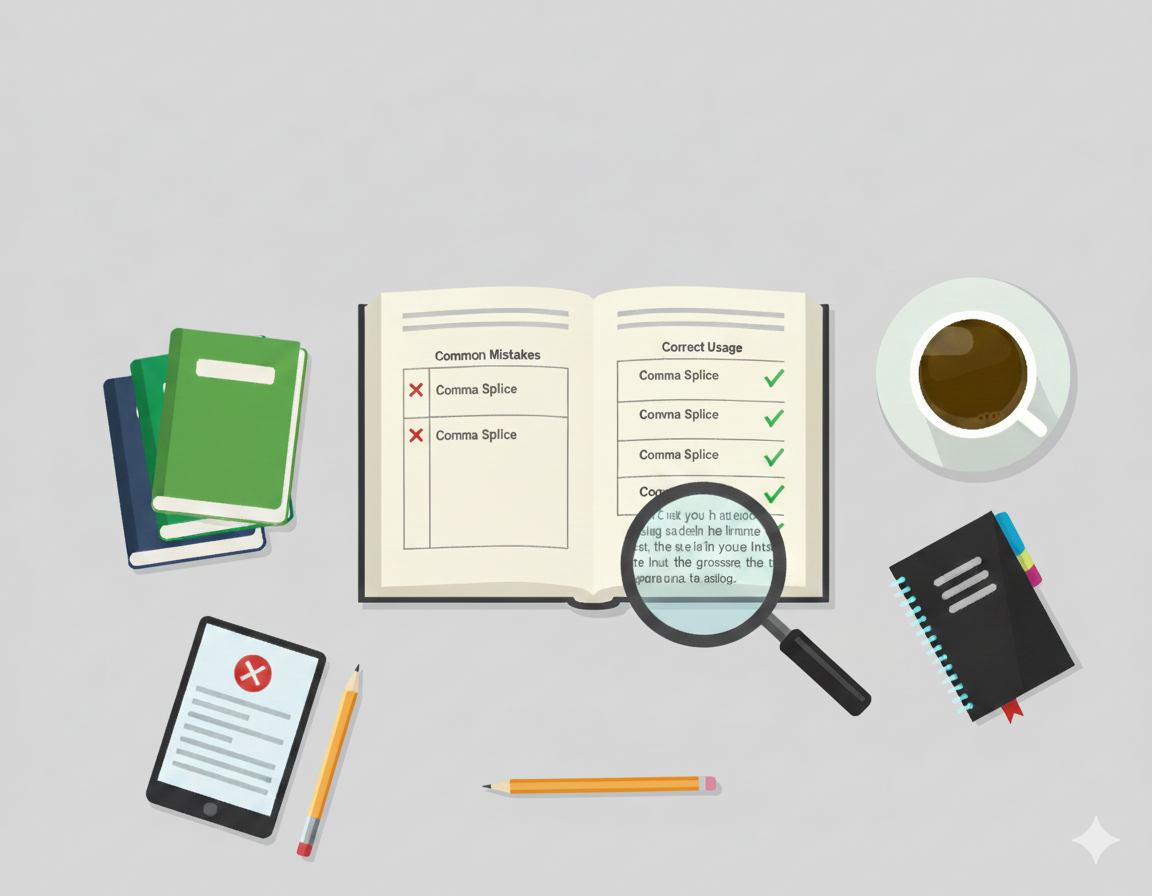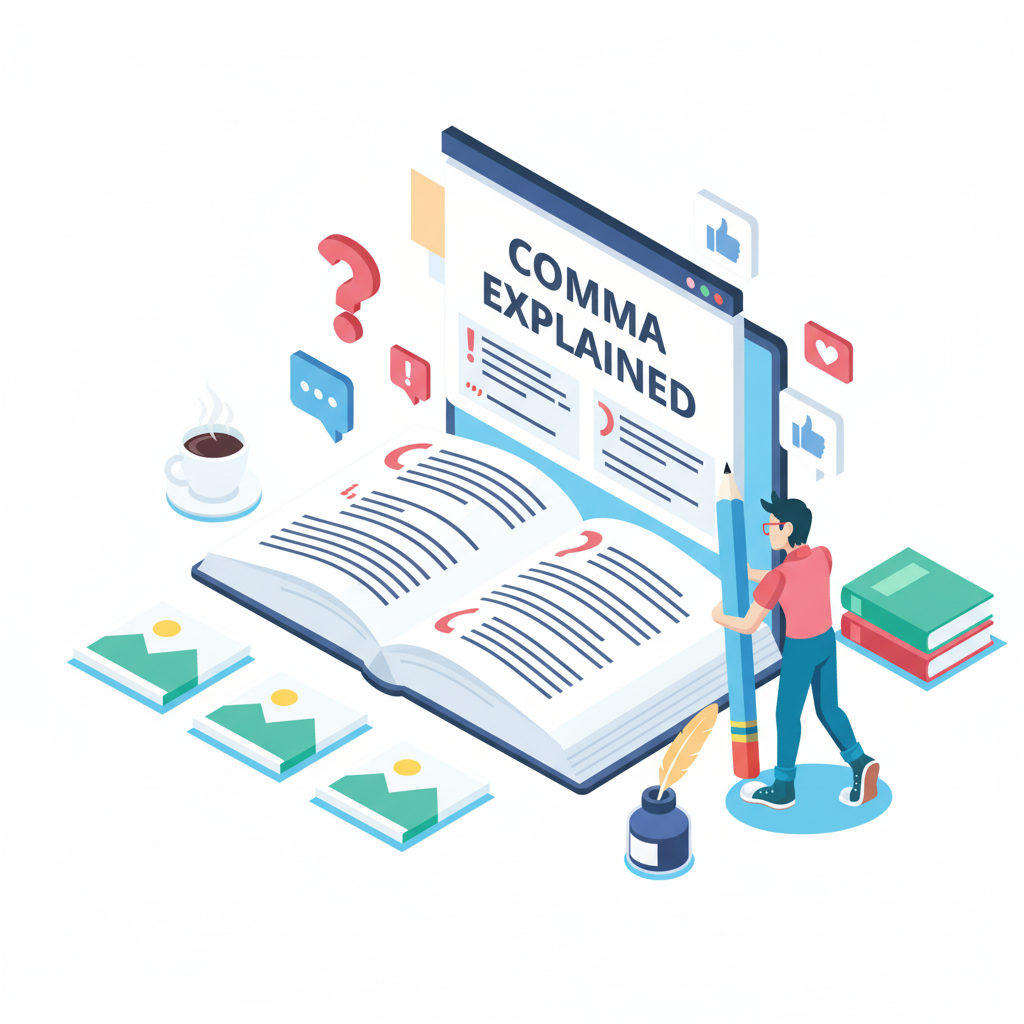
Punctuation Guide: Periods, Colons, Semicolons & More
As mundane as they are, punctuation marks are some of the unsung heroes of writing.
Without them our sentences would look like this and everything would be confusing we wouldnt know what anyone was trying to say and all our messages would be garbled who wants to live in a world like that
Luckily, we have punctuation to help us get our points across, but not all punctuation marks are built equal. Here’s a rundown on how some of them work in your sentences.
PERIODS
Yes, we all know periods mark the end of a sentence, but problems arise with sentence fragments and run-on sentences. Make sure each sentence conveys a complete idea and that clauses inside sentences are separated correctly.
Don’t let sentence length deceive you! A sentence can contain two sentences and still be a sentence, or it could contain a hundred words (but who would want to read it?).
We sometimes see fiction writers play with periods for emphasis.
“Why are you divorcing me, John?”
“The sandwich meat you left out, Barbara. The sandwich meat.”
This is all well and good in fiction when needed, but in most other writing, especially academic writing, it’s best to stick to the rules.
COLONS
Basically, colons tell the reader, “Information is coming that expands on what you’ve just read.” They’re commonly used to separate a list from a complete sentence or to expand on a preceding point.
This blog post covers several punctuation marks: periods, colons, semicolons, parentheses, and em dashes.
A word of caution: when a list is part of the sentence, it doesn’t require a preceding colon.
See what I did there in that warning? What follows the colon specifies the caution.
But back to the warning itself. In some instances, the list is part of the sentence:
To make our writing understandable, we need to use punctuation, such as periods, colons, semicolons, parentheses, and em dashes.
Notice there’s no colon before the list in that sentence. That’s because the list is integrated into the sentence. It’s not a separate elaboration, as it was in the first example.
We also use colons when we introduce a quote with a complete sentence:
Susie Q supported the need for punctuation: “We must fight for our rights to punctuation marks! Without them, everything is hopeless!”
SEMICOLONS
Sometimes, two complete sentences are so closely related we want to stick them together. There’s a way to do that without creating a run-on sentence. Say hello to the semicolon!
Here’s an example of two closely related sentences.
She doesn’t like punctuation. She loves it.
This example is grammatically fine. However, although these are two separate sentences, they help communicate one idea and seem to want to be connected. That’s where the semicolon comes in.
She doesn’t like punctuation; she loves it.
I drive a truck; my brother drives a car.
I love grammar; however, I recognize most people aren’t grammar nerds.
We can also use semicolons to separate out items in a list when one or more of those items already contains a comma. Consider this sentence:
I’ve lived in Petaluma, California, Dallas, Texas, Kissimmee, Florida, and Miami, Florida.
Rather than city/state pairs, this looks like a long list of single locations. Let’s clean it up with semicolons:
I’ve lived in Petaluma, California; Dallas, Texas; Kissimmee, Florida; and Miami, Florida.
Now every city/state pair is separated, so the sentence is easier to read.
Similarly, sometimes an item in a list will contain extra information separated out by a comma:
Punctuation marks include periods, commas, which can be tricky, and semicolons, which show a level of sophistication.
Again, we can use semicolons to separate out the items in the larger list:
Punctuation marks include periods; commas, which can be tricky; and semicolons, which show a level of sophistication.
PARENTHESES AND EM DASHES
I put these two punctuation marks together because they serve a similar purpose: setting off extra information. The em dash is the more dramatic member of this pair, though. Consider these two sentences:
I’m ready to talk (if you’re ready to listen).
I’m ready to talk—if you’re ready to listen.
In the first sentence, the part in parentheses seems like a quiet aside. In the second sentence, however, the second part of the sentence has more emphasis; it’s almost a command.
When deciding whether to use parentheses or em dashes, consider your intention. Are you offering a quiet suggestion, or do you want something to punch the reader’s ear?
As you can see, punctuation operates on a set of rules, but it can also be used subjectively to shape how the reader receives your message. Either way, if you’re ever unsure you’re using it correctly, we’re here to help you make your writing error-free!


